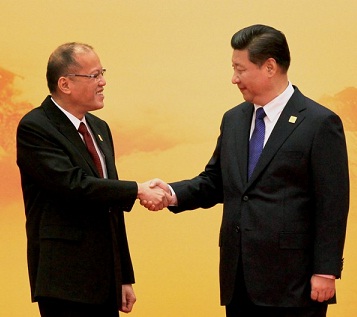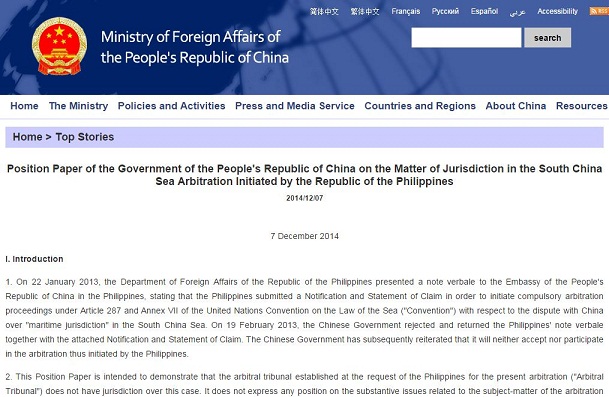
This is one of those dishes that I keep doing over and over again. It's actually several years in the making. If the crust weren't so good I wouldn't be bothering. But that's the crux of the problem, the crust is really crisp and yummy but it's so hard to handle. It was just too soft. So one of my experiments was not to soften the butter and just cut it in the flour and sugar like a traditional pie crust. Then I beat the egg and egg yolk and mixed it in the butter-flour mixture. It did work and is sturdier than the original version. Next I have to try it with just 1 egg and either increase the flour or decrease the butter. Either way I hope it will make the dough firmer without sacrificing too much of the excellent taste.

More apples would have to be added. I wanted one of those really high apple pies I see in American magazines which would also mean longer baking times. I just hope I don't end up with burnt crust and barely cooked apples inside.
This is a much modified version of the original from The Ultimate Recipe Book by Angela Nilsen. The original recipe is also in the BBC GoodFood website.

Double-Crust Apple Pie
*Pastry:
225 g butter - softened but not almost melted
50 g caster sugar
1 large egg - beaten
350 g plain flour
*Filling:
1.2 kg apples
100 g caster sugar
3 Tbsp light muscovado or brown sugar (packed)
1 1/2 tsp cinnamon
3 Tbsp plain flour
*Egg wash:
1 small egg - beaten
1 Tbsp milk
1 Tbsp sugar (for sprinkling)
*For the pastry:
- Cream butter with sugar for about a minute.
- Add egg and beat until well mixed.
- Add flour and mix well. Knead for a few turns just enough to keep it together.
- Separate about 1/3 of the dough. Shape both into balls, cover with clingfilm or put in a plastic bag.
- Put in the fridge to firm up for about 1 hour.
- Peel and core the apples. Slice into 1/4-inch pieces.
- Combine the sugars, cinnamon, and flour.
- Add the flour mixture into the sliced apples and mix well.
- Preheat oven to 190°C/fan 170°C/375°F.
- Roll out the smaller (1/3 part) of the dough into an 11-inch circle about 1/8-inch thick.
- Lay and centre the rolled-out pastry on a 9-inch pie plate making sure that the overhanging pastry is evenly distributed.
- Tip all of the apple mixture onto the pastry-lined pie plate. Make sure it mounds in the centre.
- Roll out the remaining dough into a circle about 13-inch in diameter and 1/8-inch thick.
- Carefully lay on top of the apple mixture and cut the overhanging pastry to about 1/2 to 1-inch.
- Crimp pastry at the edge of the pie plate.
- Put about four slits on the pastry to let the steam out during baking.
- Mix the egg and milk for the egg wash. Brush generously all over the pie.
- Sprinkle about 1 Tbsp sugar on top.
- Bake for about 55 minutes to 1 hour or until a skewer poked in one of the slits pushes through smoothly in the apple filling (this means the apples are cooked). If the crust is turning too brown cover loosely with foil.
- Remove from oven and let cool for at least 30 minutes.
Note: Although the crust is delicious, I am still experimenting on the best way to prepare it since I find the original recipe is too soft to handle. So far I have tried cutting the flour into a chilled butter (like most traditional recipes) - it was a success. Next time I will try in the original way (softened butter) but with only 1 egg and maybe more flour.








